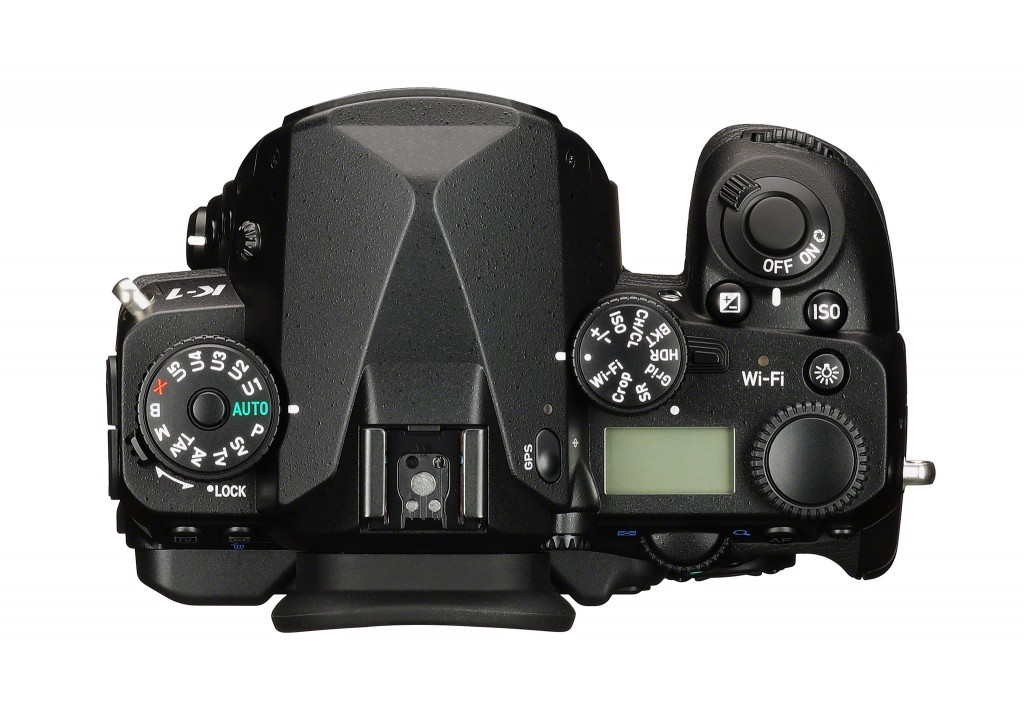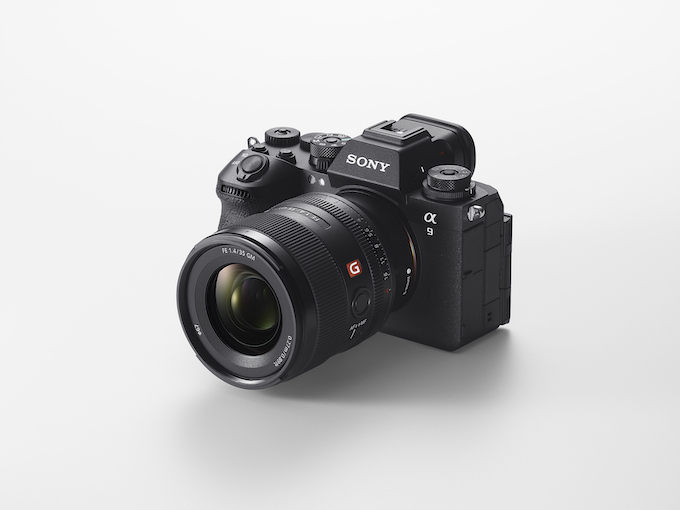Pentax shooters have been clamoring for a full frame DSLR for years now, and in April, they’ll finally get one: the Pentax K-1.
The K-1 sports a 36.4-megapixel full frame CMOS sensor with no optical low pass filter and a native ISO range of 100-51,200. The image sensor can shift to provide 5-axis image stabilization with up to five stops of image correction, per CIPA standards. It also supports a Pixel Shift Resolution mode (similar to the one we tested on the K-3 II) where the sensor shifts by one pixel over a series of four images which are then merged in camera to create an image with less noise and more accurate colors.
Using this Pixel Shift mode, you can bump the maximum ISO of the camera to 204,800.
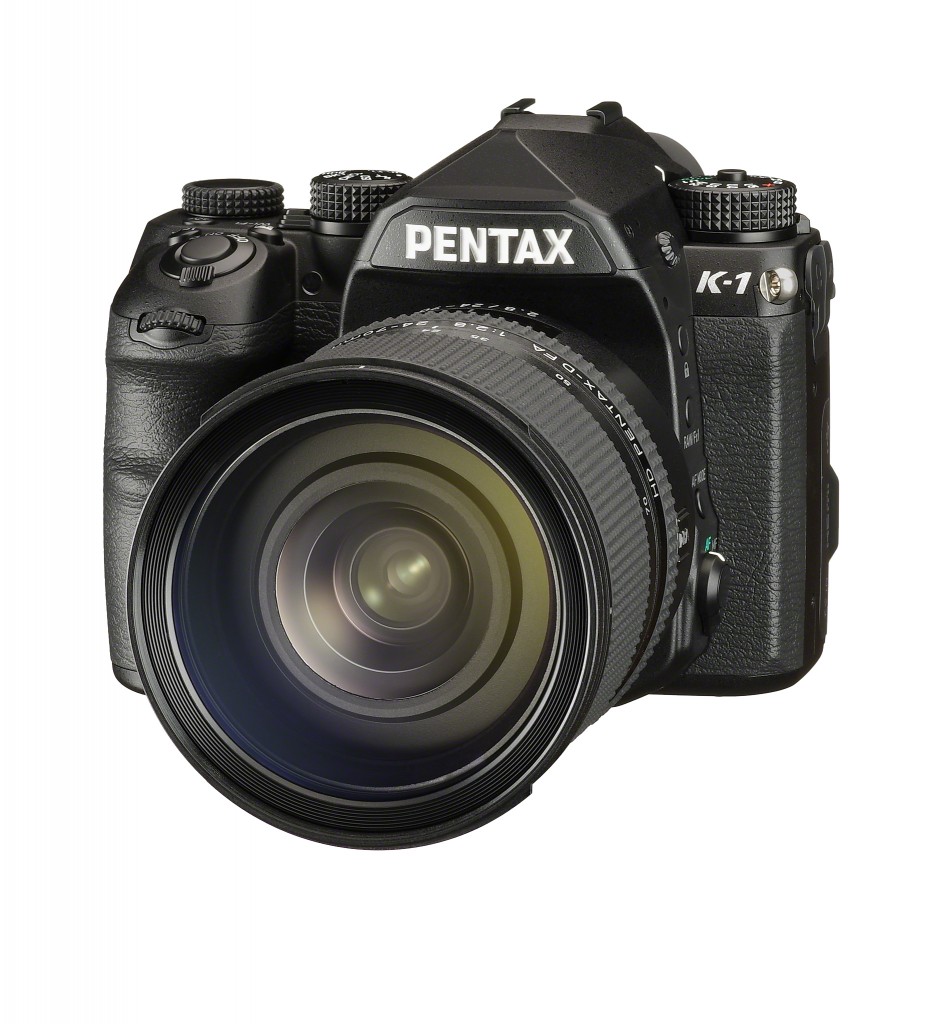
The shifting sensor also enables an AA filter simulation mode, which reproduces the effect of having a low pass filter on the sensor to combat moire. You can adjust the strength of the filtration effect as well as use the simulator in bracket mode to sample all of the effects.
As for speed, the K-1 clocks in at 4.4 fps with autofocus engaged for up to 17 RAW frames or 70 JPEGs. Drop into APS-C crop mode, where you’re shooting a 15-megapixel image, and you can bump up speeds to 6.5 fps and record 50 RAW frames or 100 JPEG images.
The camera is weather-sealed in 87 different points and has a pentaprism optical viewfinder with .7x magnification. There are a few novel design elements on the camera. The first is a 3.2-inch “cross-tilt” LCD, which not only tilts out from the camera body but can be tilted in a variety of angles beyond the standard tilting and rotating displays.
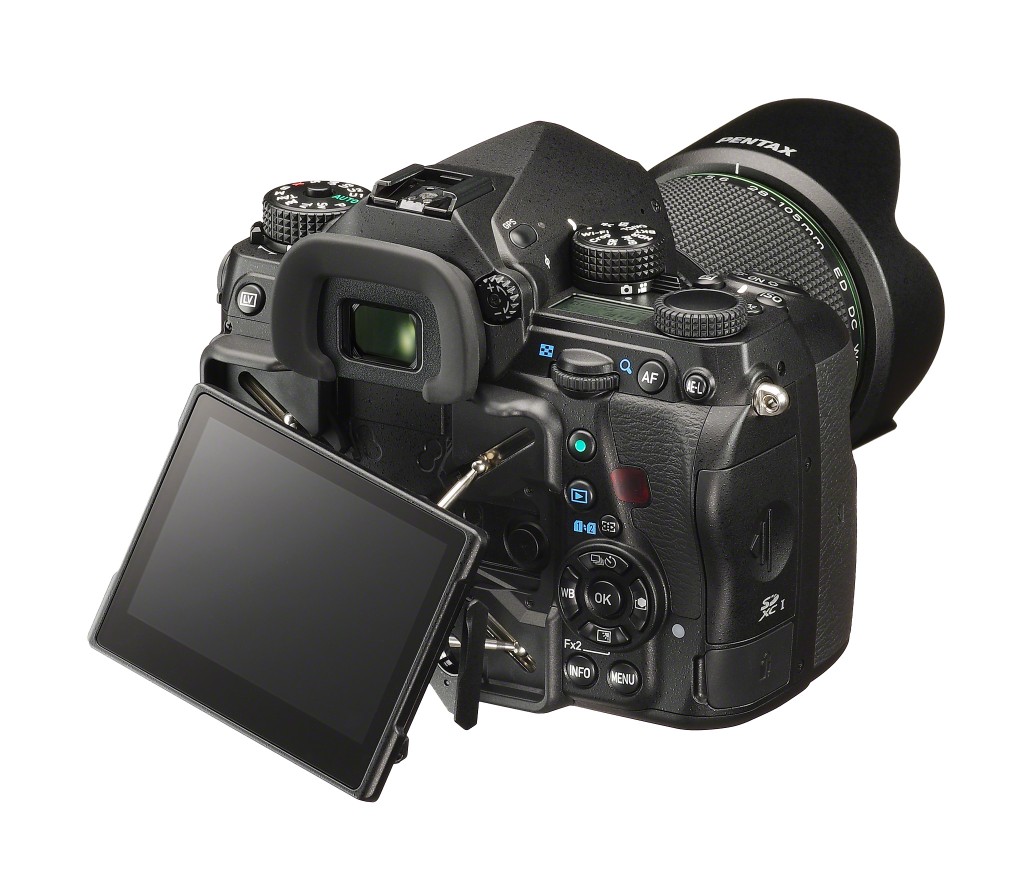
The camera also has several strategically placed LED lights to illuminate the memory card slot, the front of the lens mount, cable attachment port and the rear camera buttons. These lights can be turned on/off individually in the menu and you can adjust the intensity of the illumination as well.
The K-1 uses a newly designed autofocus system with 33 AF points, including 25 cross type points and three designed to detect light flux on an f/2.8 lens. The AF system can focus in low light down to -3 EV.
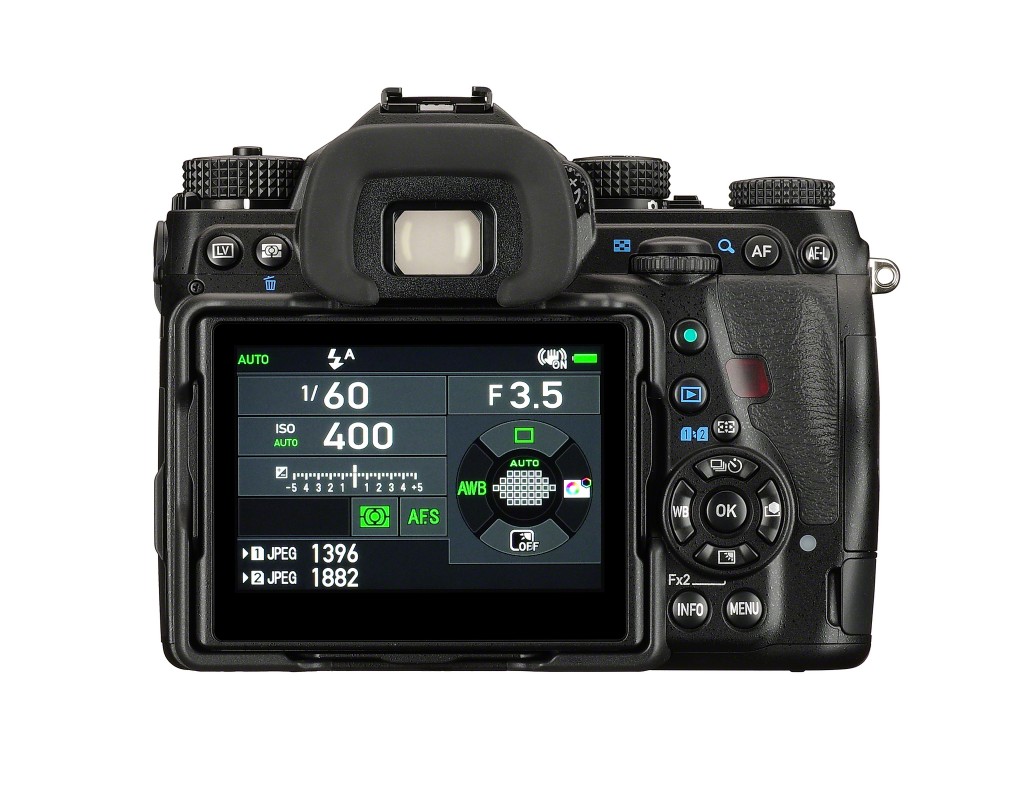
Both Wi-Fi and GPS are built-in as is an electromagnetic compass. The K-1 leverages both GPS and its shifting sensor to enable an ASTROTRACER mode, which synchronizes the movement of the sensor with the movement of stars so you can capture them as points of light and not trails, even during long exposures.
As of launch, Ricoh will have 12 full frame lenses in its lineup. Owners of older Pentax lenses for the company’s APS-C DSLRs won’t be left in the lurch though as those will mount to the K-1 as well and the camera has several APS-C crop shooting modes to account for those lenses. The K-1’s battery will be identical to the batteries used by the company’s medium format and APS-C cameras.
Rounding out the K-1’s features:
- Full HD video recording at 30p or 60i
- two SD card slots
- Focus peaking
- 1/8000 sec. top shutter speed
The K-1 ships in April with a body-only price of $1,800. (Additional images of the K-1 are below.)
In addition to the DSLR, Ricoh added two full frame lenses to the mix.
First up is the HD Pentax-D FA 15-30mm f/2.8 ED SDM WR, a wide angle zoom that’s weather-sealed in five places. It has a nine blade aperture and a quick-shift focus system that lets you manually focus the lens when shooting in autofocus. It will retail for $1,500.

The second is the HD Pentax-D FA 280105mm F/3.5-5.6ED DC WR. This weather-sealed zoom uses ED lens elements and a supersonic drive motor for quick and quiet zooming. It will retail for $500.
Here’s a few more looks at the K-1.
